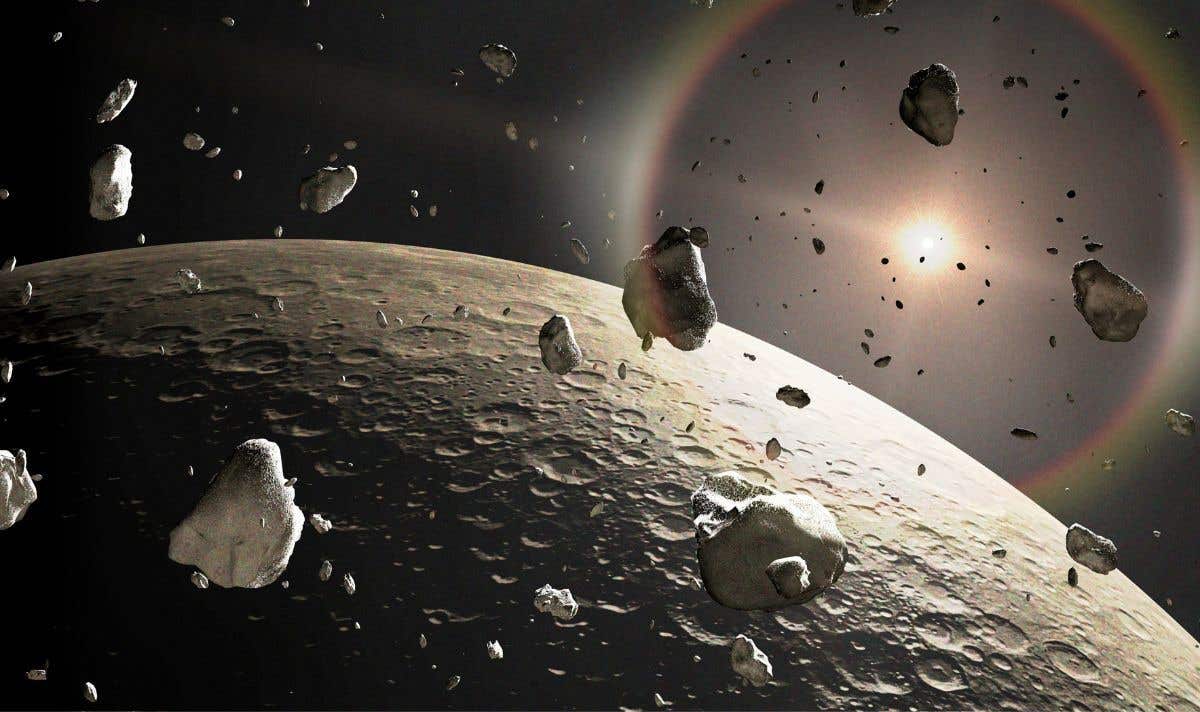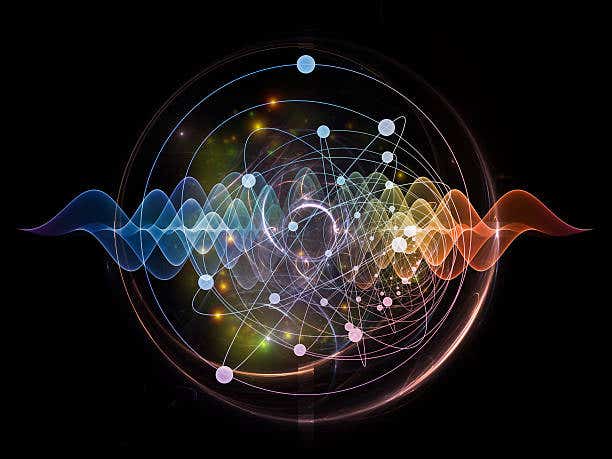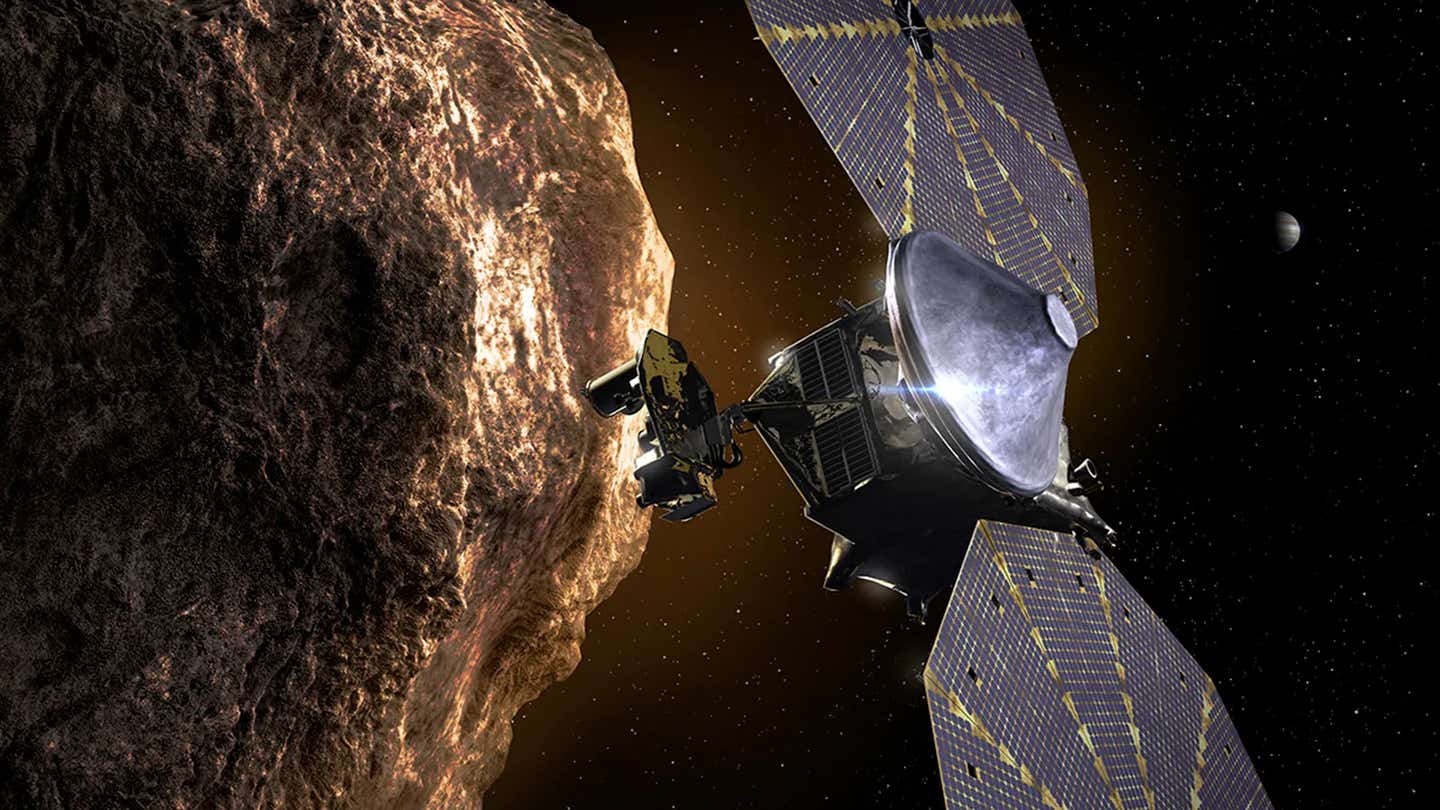An Earth-like planet could be hiding at the edge of our solar system
Researchers have proposed the existence of an undiscovered Earth-like planet in the Kuiper Belt beyond the orbit of Neptune.

An Earth-like planet far beyond Neptune could redefine our understanding of the solar system. (CREDIT: CC BY-SA 4.0)
Beyond Neptune lies the Kuiper Belt, a vast expanse of icy bodies that may hold clues to the solar system’s formation. These trans-Neptunian objects (TNOs) serve as remnants of the early solar system, offering valuable insights into its evolution.
However, their orbits and distribution present anomalies that challenge existing models. Some researchers now propose that these irregularities could indicate the presence of an undiscovered Earth-like planet.
Unraveling the Kuiper Belt’s Mysteries
The Kuiper Belt extends from approximately 50 astronomical units (AU) beyond Neptune’s orbit, housing thousands of identified TNOs. Yet, their motion and arrangement defy straightforward explanations. Scientists have identified four key features of these distant objects that pose the greatest challenges to current theories.
1. Detached TNOs
Detached trans-Neptunian objects (TNOs) follow orbits that keep them beyond Neptune's gravitational influence. With perihelia exceeding 40 astronomical units (au), they remain unaffected by the gravitational scattering that alters the paths of closer TNOs.
Although they make up roughly 10% of observed distant TNOs, their actual numbers are likely higher due to the difficulty of detecting such remote objects.
Current models, including Neptune’s resonances and chaotic diffusion, fail to fully explain their detached orbits, particularly for those with low inclinations or distances exceeding 150 au.
One hypothesis suggests that a rogue planet, with a mass between one and two times that of Earth, may have altered their trajectories in the early solar system.
Related Stories
2. High-Inclination TNOs
Another enigmatic group comprises high-inclination TNOs, whose orbits tilt at angles greater than 45°. These objects represent roughly 2% of observed TNOs beyond 50 au, though their actual prevalence is likely much higher.
Theories involving Neptune’s migration or rogue planets fail to generate the observed number of high-inclination objects. Some researchers propose a hidden reservoir of these TNOs, suggesting a previously unknown gravitational influence within the Kuiper Belt.
3. Extreme TNOs
Extreme TNOs exhibit the most unusual orbits, including objects like (90377) Sedna, whose perihelia exceed 60 au. These peculiar trajectories indicate the influence of forces beyond the known giant planets.
While theories involving stellar encounters or short-lived rogue planets provide partial explanations, they fall short of accounting for the diversity within this group. The existence of extreme TNOs strongly hints at additional gravitational forces shaping their orbits.
4. Stable Resonant TNOs
Finally, some TNOs are locked in long-term resonances with Neptune, maintaining their orbits for billions of years. These stable resonant TNOs occupy resonances such as 2:1, 3:1, and 5:1, persisting over gigayear timescales. While their primordial origin seems evident, current models struggle to explain how these populations formed and remained stable.
A Hidden Planet: The Missing Piece?
To solve these puzzles, researchers have proposed the existence of an undiscovered Earth-like planet in the Kuiper Belt. In a recent study, Dr. Patryk Sofia Lykawka of Kindai University and Dr. Takashi Ito of Japan’s National Astronomical Observatory conducted simulations of the early solar system.
Their findings suggest a planet with a mass 1.5–3 times that of Earth could be orbiting between 200 and 500 au. Such a planet, with an inclined orbit of around 30°, could explain the Kuiper Belt’s detached, high-inclination, and extreme TNOs.
“An Earth-like planet far beyond Neptune could redefine our understanding of the solar system,” says Lykawka. He adds, “It would not only restore the count of nine planets but also challenge our theories of planetary formation.”
Revisiting Planet Nine
This proposed planet is distinct from the more massive Planet Nine hypothesized by Caltech researchers in 2016. Planet Nine, with an estimated mass of 5–10 Earths, was suggested to explain the clustering of certain distant TNOs. However, subsequent studies have challenged this clustering, and the Planet Nine model was not designed to address the Kuiper Belt’s broader orbital structure.
Lykawka and Ito’s simulations take a different approach, focusing on how an Earth-like planet could sculpt the Kuiper Belt’s features over billions of years. Their models show that such a planet would have the mass and orbital inclination necessary to create the diverse TNO populations observed today.
A New Era of Discovery
The search for this hidden planet is gaining momentum. Advanced telescopes and international collaborations aim to identify more extreme TNOs and refine the Kuiper Belt’s orbital structure. Future missions could detect this elusive planet within the next decade.
Astronomers like Michael Brown and Konstantin Batygin, who pioneered the search for Planet Nine, remain optimistic. “With the advancements in telescope technology, we are getting closer to solving this mystery,” says Brown.
Dr. Lykawka is similarly hopeful: “The discovery of a single new TNO could revolutionize our theories about the solar system’s formation.”
The Kuiper Belt continues to challenge and inspire, offering tantalizing clues about our cosmic origins. Whether through detached TNOs, high-inclination objects, or extreme orbits, each discovery deepens our understanding of this distant frontier. If an Earth-like planet awaits beyond Neptune, it promises to open a new chapter in planetary science.
Note: Materials provided above by The Brighter Side of News. Content may be edited for style and length.
Like these kind of feel good stories? Get The Brighter Side of News' newsletter.
Joshua Shavit
Science & Technology Writer | AI and Robotics Reporter
Joshua Shavit is a Los Angeles-based science and technology writer with a passion for exploring the breakthroughs shaping the future. As a contributor to The Brighter Side of News, he focuses on positive and transformative advancements in AI, technology, physics, engineering, robotics and space science. Joshua is currently working towards a Bachelor of Science in Business Administration at the University of California, Berkeley. He combines his academic background with a talent for storytelling, making complex scientific discoveries engaging and accessible. His work highlights the innovators behind the ideas, bringing readers closer to the people driving progress.



